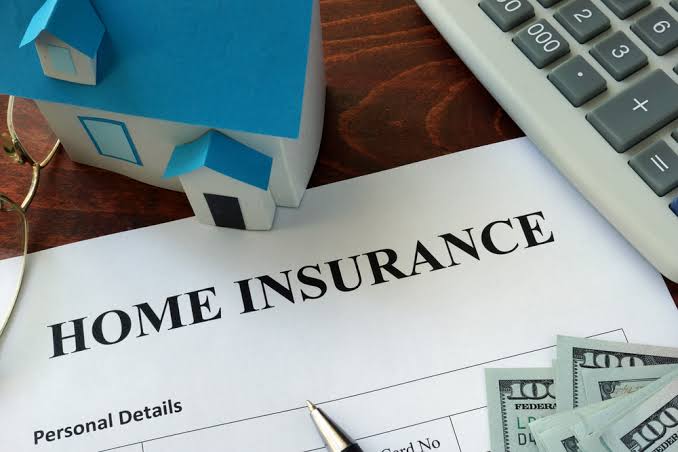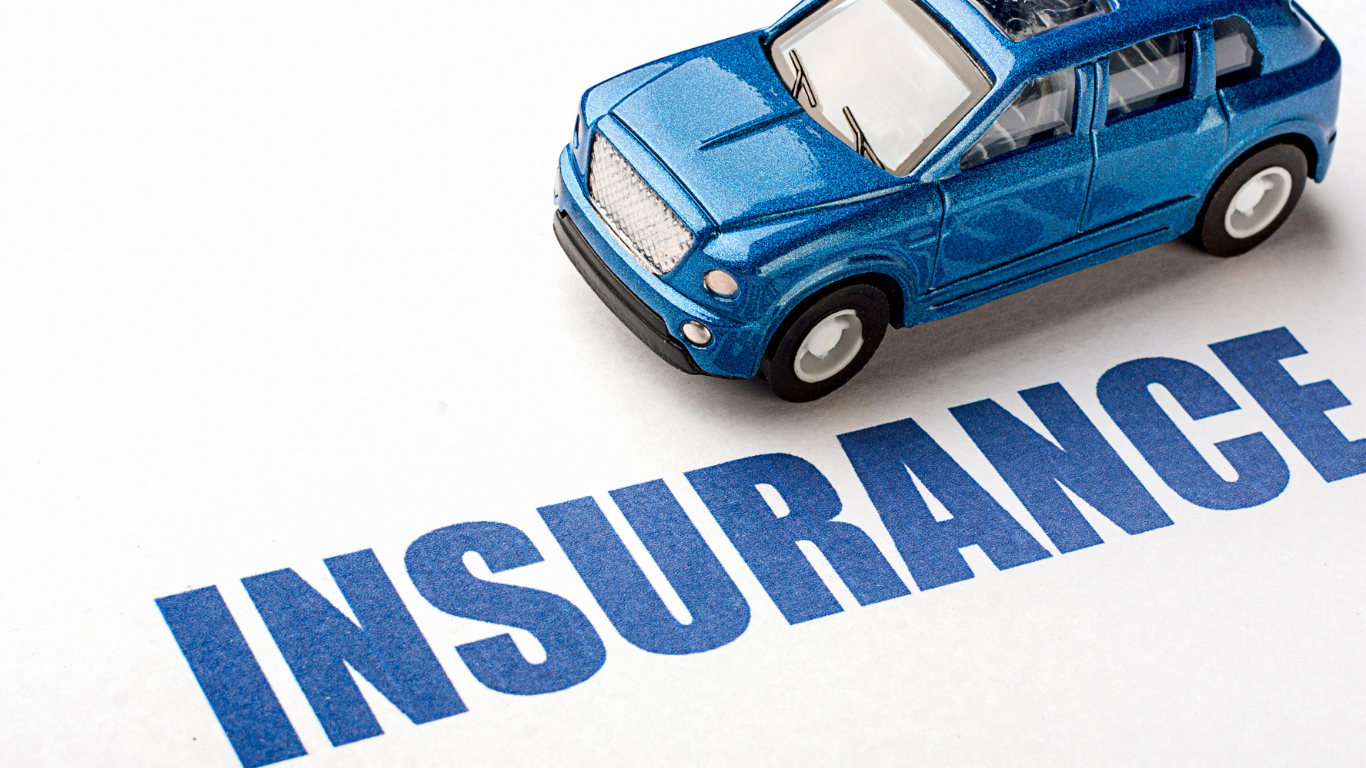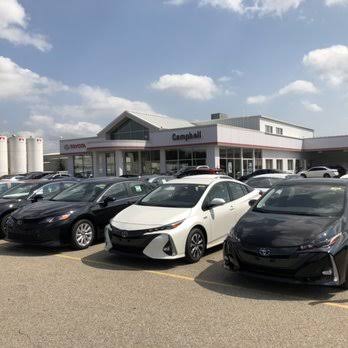Auto Insurance for Drivers Without Fault
In 2020, about 35,000 collisions occurred in the United States, with over 34,000 deaths. Every year, the number of traffic incidents rises, and so does the need for no-fault auto insurance.
There is a potential that you will be involved in an accident for which you were not at fault. But, your family or friends who were in the car were hurt. While medical costs and guilt can be tough to bear, it is critical to have no fault insurance.
No-Fault Insurance: What Is It?
If you or your passengers are harmed in an accident, your no-fault insurance will cover any medical bills and other expenses related to your injuries. Even if the other motorist was at fault, you can seek compensation for your injuries under the no-fault provision of your own personal injury protection (PIP) policy. This will prevent your injuries from being covered by the other driver’s bodily injury responsibility coverage.
Your injuries are covered by no-fault auto insurance after an accident, but depending on your state’s regulations, you may still be able to file a liability claim with the other driver’s insurance carrier if the accident they caused resulted in catastrophic injuries for you. This is true even if your injuries were covered by no-fault vehicle insurance.
If you have no-fault insurance coverage and are in an accident, your insurance will cover your medical expenses but not any vehicle damage. The driver who was found to be at fault for the accident is accountable for paying for any property damage made to the other driver as a result of the collision.
How does no-fault insurance operate?
No-fault auto insurance is intended to reduce the legal system’s burden from litigation resulting from car accidents. In most no-fault insurance states, you can only sue for severe injuries or pain and suffering if the damages surpass a certain amount.
One important premise of no-fault vehicle insurance legislation is limiting people’s capacity to seek reimbursement from at-fault drivers for their own injuries and suffering. Yet, depending on state vehicle insurance requirements, drivers are frequently eligible to seek recompense for catastrophic injuries. To qualify, an injury must frequently be:
• Death
• Disfigurement
• Broken bones
• Dismemberment
• Fetal demise
Whatever kind of coverage is included in a no-fault insurance policy?
The liability element of a no-fault car insurance policy covers both property damage and bodily injury to third parties.
In the event that you cause an accident that causes property damage to another person’s automobile or other property, your property damage liability coverage will reimburse the victim.
If you are judged to be at fault for an accident that injures another person, bodily injury liability coverage will pay for your medical bills and other expenses. Your insurance may include both a per-person bodily injury liability limit and an accident bodily injury liability limit.
In the case of an accident, none of these coverages will pay for your or your passengers’ medical expenditures. Here is where personal injury protection (PIP) comes into play inside a no-fault motor insurance.
Personal injury protection insurance allows you to file a claim for medical bills and other expenses incurred as a result of a car accident, regardless of who was at fault. Depending on your insurance, PIP coverage may also refund you for missed income or cover the expense of hiring someone to undertake routine home duties while you rehabilitate from an accident.
As part of a no-fault insurance policy, each state requires you to carry a specified level of personal injury protection coverage.
For example, you might need PIP coverage of $10,000, $20,000, or up to $50,000. Bodily injury liability insurance and property damage liability insurance are also subject to minimum coverage limits.
States also have differing regulations about no-fault insurance coverage. In Michigan, for example, PIP insurance will cover all reasonable and necessary medical expenditures with no cap. It also covers up to 85 percent of lost income if an accident-related injury prohibits you from working.
No-Fault Auto Insurance Benefits
• Since culpability is irrelevant, drivers’ medical claims may be compensated immediately following an accident.
• Insurance companies spend less on lawsuits and pass the savings on to their customers.
• The PIP required in no-fault states includes expenses other than medical bills, such as child care and home assistance.
No-Fault Automobile Insurance: Types and Exclusions
It is critical for drivers to be informed with the numerous no-fault vehicle insurance rules that exist in their state. The type of no-fault insurance system in existence in your state will influence the types of coverage you must acquire as well as how your policy will operate in the event of an accident.
The most common and well-liked type of no-fault vehicle insurance is no-fault. No-fault auto insurance is when the state needs you to seek personal injury protection for your own damages and hinders when you can bring a lawsuit for injuries after an accident. This is the broadest and most prevalent type of the no-fault system.
Choice no fault insurance, on the other hand, varies from typical no-fault insurance coverage restrictions in that it allows policy holders to choose between a no-fault auto insurance policy and a conventional liability insurance policy. Each of the systems from which you can chose will have a distinct set of regulations involving insurance and judicial proceedings.
No-fault add-on coverage is available in states where no-fault insurance is not required. If you want to add personal injury protection, you can use your own insurance to cover any injuries you sustain in a collision and also submit claims against the party who caused the accident.
No-Fault Insurance in Which States?
Everyone injured in a collision must first seek help from their own auto insurance coverage. Recall that in many states, you will not be able to recover “pain and suffering” damages linked to the accident and your injuries unless the facts of your auto accident claim allow you to “step outside” of no-fault insurance under the statutory threshold.
Below are the true no fault insurance states where PIP insurance coverage is required:
• Delaware
• Florida
• Hawaii
•Kansas
• Kentucky
• Massachusetts
• Michigan
• Minnesota
• New Jersey
• New York
• North Dakota
• Oregon
• Pennsylvania
PIP is optional in numerous other states; consequently, these states are not regarded as actual vehicle insurance no-fault states. The following are examples:
• Arkansas
• Columbia
• Maryland
• Texas
• Washington
A “hybrid” or “choice no-fault” system is in existence in New Jersey, Pennsylvania, and the District of Columbia. This implies that drivers in six states and the District of Columbia can select between no-fault automobile insurance and regular liability-based insurance when purchasing a policy, and in some situations, even after an accident has happened.
Finally, in the motor insurance no-fault states, no fault insurance coverage is needed in select jurisdictions, including Delaware and Oregon, but a plaintiff’s power to pursue standard transactions from the at-fault driver or other party is unconstrained in the aftermath of an accident.
How can I purchase No-Fault Insurance?
Whether you live in a no-fault insurance jurisdiction where personal injury protection is required or optional, purchasing no-fault insurance is simple. When making a purchase, there are a few variables to examine to ensure you get the best coverage at the best price.
## Decide how much you require: Each state has its own minimum coverage requirements, as detailed in the list of states with no fault insurance. Nonetheless, the required minimum amount is small. If you live in a state with a low minimum level of personal injury protection, and depending on the type of health insurance you have, if any, you may wish to obtain additional coverage if you can afford it.
• Be aware of what is being discussed: PIP insurance is not a one-size-fits-all auto insurance answer. It primarily covers medical expenditures for passengers in the car. The majority of states require you to obtain liability auto insurance to cover damages to other people’s property (such as their vehicle) and medical expenses. Collision insurance, which is optional, covers the expense of damage to your own vehicle.
There is a deduction: Include the deductible when estimating the cost of no-fault auto insurance. That is the amount you must pay out-of-pocket before your auto insurance covers the rest. The typical deductible is $500 or $1,000, but state-specific minimums vary.
• Look around: It is prudent to obtain many quotes for no-fault auto insurance. With a single provider, the same coverage might be much more affordable.
Is the Insurance Rate Increased Following a No-Fault Accident?
No, your automobile insurance premiums should not go up as a result of an accident in which you were not at fault. This is owing to the fact that the insurance company of the person who caused the accident will be liable for paying for your medical bills and restoring your car. Your insurance premiums will not increase if your insurer does not have to pay out any claims or expenses.
A no-fault claim is one that is made against the motorist’s vehicle insurance policy who was judged to be at fault in an accident. This happens in almost every state.
If you are not at fault in an accident and file a claim against the individual who caused the collision, your auto insurance premiums are unlikely to increase as a result of your actions. Even if you have to submit a claim against your own insurance policy, some insurance companies will not raise your premiums as a result of the fact that you did not cause the accident that caused the damage.
Yet there are several exceptions:
But, if you have a history of creating accidents or making claims, your auto insurance premiums may increase after a non-fault collision.
According to the Consumer Federation of America (CFA), auto insurance premiums for drivers engaged in incidents that were not their fault rise by an average of 10%.
It also depends on your insurance provider: If your premiums do increase as a result of an incident in which you were not at fault, you should be aware that different insurance companies will raise rates in their own unique methods. Certain providers may raise your rates by 10 percent, while others may only raise them by two percent.
Furthermore, the rules of certain states, including California and Oklahoma, restrict insurance companies from boosting premiums following the filing of a claim for which the insured was not at fault.
No Fault Insurance Costs: How Much?
Prices for no fault insurance coverage vary by insurer, policy limitations, and location. In theory, no-fault insurance should lower insurance costs; yet, no-fault counties have higher insurance rates than at-fault states.
Several jurisdictions mandate drivers to obtain supplementary coverage, which is part of the rationale. As a result, drivers in no-fault insurance states must pay for PIP in addition to the liability insurance mandated by all governments.
No-fault insurance coverage that covers the statutory amounts of personal injury protection costs $1,907 yearly on average for drivers who have never been involved in an accident. After an accident, no-fault insurance costs $2,825 per year, a 48% increase.
No-Fault Insurance Questions
• Will no fault insurance pay my auto repairs?
No, no-fault insurance does not pay for auto repairs after an accident. Even in no-fault states, the at-fault motorist is liable for paying for property damage. Drivers in no-fault jurisdictions are forced to use their own personal injury protection (PIP) insurance to cover their medical expenditures after an accident.
• What types of losses are covered by no-fault insurance?
If you have no fault insurance, the other motorist is still responsible for your medical bills after an accident, even if they caused it. Your no fault insurance coverage would, in the event of an accident, cover your medical expenses, missed wages, and possibly other losses, depending on the state in which you live.
• Can you sue if you have no fault insurance?
Your capacity to file a lawsuit may be hampered by legislation controlling no-fault insurance. If you have no-fault insurance, you may not be able to launch a case unless your or your passengers’ injuries are either severe or exceed a predetermined monetary level.
• Is no-fault insurance required?
No-fault insurance is not required by most states. On the other hand, if your state requires you to have personal injury protection, you must purchase at least the minimum level of coverage mandated by your state. You must also obtain any required property damage liability coverage, as well as uninsured and underinsured motorist coverage, if applicable.
• Is it important to work with your insurance carrier while filing a no-fault claim?
The typical methods for engaging with an insurance provider in the context of a personal injury lawsuit are frequently bypassed when submitting a claim under the no-fault system. In most circumstances, state law requires you to follow the terms of your insurance in the event of a no-fault claim. Your insurance provider may have reasons to deny the claim if you do not comply with the procedure while it is being carried out.



